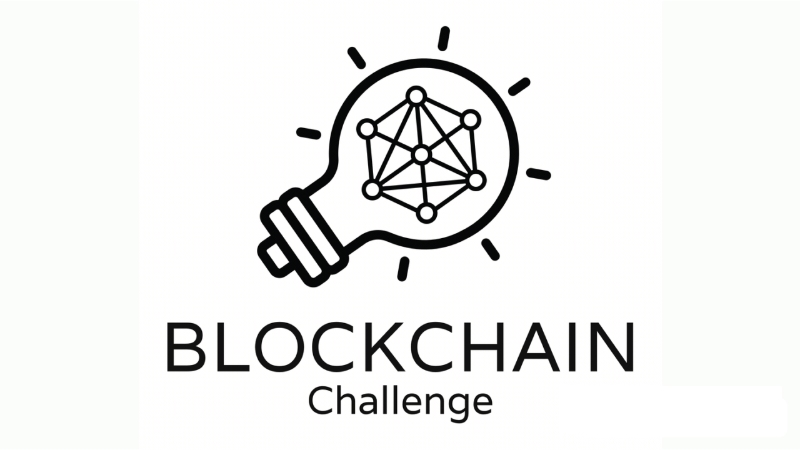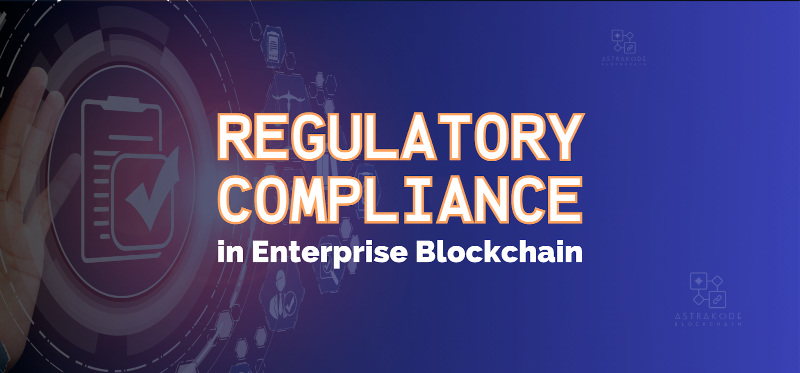Contents
Introduction
The financial services sector took the lead in blockchain experimentation, making significant strides. However, numerous other sectors have the opportunity to harness the potential of blockchain technology with a diverse array of applications. Some notable enterprise use cases for blockchains include: Cybersecurity, Supply Chain Management, Healthcare Records, Energy Trading, Tokenization, Intellectual Property Management, etc. The inherent characteristics of blockchain, such as decentralization and immutability, offer solutions to fundamental challenges in identity, auditing, and integrity. By providing tamper-proof audit records, cryptographic integrity, and decentralized structures, blockchain addresses these issues effectively.
Enterprises implementing blockchain technology often face several challenges and issues, including
Scalability and Throughput
Integration Complexity
Security and Privacy
Regulatory Compliance
Cost
User Experience and Resistance to Change
Let’s take a look at each one of these challenges in detail.

Scalability and Throughput
It is the capability of the blockchain network to process a large number of transactions quickly and cost-effectively as the user base or transaction volume increases.
It is a critical challenge for blockchain in enterprises due to the limited transaction processing capacity of some blockchain networks. As transaction volumes grow, blockchains like Bitcoin and Ethereum experience slower transaction speeds and higher fees, hindering efficient operations.

To address this issue, businesses can investigate modern internet-scale blockchains that incorporate advanced data models, parallel processing, and decomposability. In addition to this, implementing sharding and logical partitions for different types of operations can significantly boost throughput and effectively cater to the demands of large-scale applications.
Integration Complexity
Integration complexity refers to the level of difficulty and challenges involved in integrating a new technology, system, or solution with existing systems, processes, and infrastructure within an organization or across multiple organizations.
Integration complexity is a significant issue for blockchain adoption in enterprises due to the need to integrate new blockchain systems with existing legacy systems and processes. Incompatibility between different blockchains and data formats can hinder seamless data sharing and communication.
To overcome this challenge, enterprises can explore solutions such as using standard APIs to connect blockchain networks with existing applications and databases. Implementing middleware solutions can act as bridges between blockchains and legacy systems, simplifying data transformation and maintaining compatibility. Embracing Blockchain As A Service Platforms can promote interoperability, facilitating smoother integration of blockchain technology into enterprise operations.
Security and Privacy
Security and privacy are significant concerns for blockchain in enterprises due to the transparent and immutable nature of blockchains. While blockchain ensures data integrity and tamper resistance, it can also expose sensitive information to all participants, posing challenges for industries with strict data privacy regulations.

To address these issues, enterprises can opt for encryption techniques and zero-knowledge proofs which can enhance data privacy while still benefiting from blockchain's transparency and security. Regular security audits and adopting best practices can further bolster the overall security of the blockchain network, mitigating potential risks and ensuring a safe environment for enterprise data and transactions.
Regulatory Compliance
Regulatory compliance poses a significant challenge for blockchain adoption in enterprises due to the decentralized and transparent nature of blockchains. The lack of control over data access and the global nature of blockchain networks can conflict with various data protection and privacy laws.

Overcoming regulatory compliance issues requires enterprises to carefully assess the legal landscape, work with platforms like Chainize to ensure adherence to relevant regulations, and maintain greater control over data access. Implementing compliance-focused smart contracts can embed regulatory rules directly into the blockchain code, facilitating adherence to specific laws and regulations.
Cost
Cost is a significant issue for blockchain in enterprises due to the initial investment required to set up and maintain a blockchain infrastructure. Additionally, some blockchain networks charge transaction fees, which can escalate with high transaction volumes, leading to operational expenses.

To conquer cost-related hurdles, it is crucial to delve into Blockchain As A Service (BAAS) solutions, such as Chainize, which substantially diminish setup expenses. Additionally, embracing modern blockchains with high throughputs and low transaction fees will significantly drive down costs.
User Experience and Resistance to Change
User experience is a significant issue for blockchain in enterprises due to the technical complexity and unfamiliarity with the technology among non-technical users. Complicated interfaces and processes can lead to resistance and hesitancy in adopting blockchain solutions.
To tackle this challenge, companies need to emphasize user-centric design and offer extensive training and educational materials. By incorporating user-friendly applications that simplify interactions with blockchain entities, enterprises can enhance usability. Moreover, involving employees in the decision-making process fosters a sense of ownership and familiarity with the technology.
Conclusion
Despite these challenges, many enterprises are actively exploring blockchain technology's potential and finding solutions to address these issues. As the technology continues to evolve and mature, more robust and scalable blockchain solutions are emerging, showing promise for a wider range of enterprise applications.
Overcoming these issues requires ongoing collaboration, research, and development within the blockchain community. Continuous improvement in the underlying protocols, consensus mechanisms, privacy solutions, and governance models will contribute to making blockchain technology more scalable, secure, and user-friendly for broader enterprise and mainstream adoption. For more information and other Enterprise use cases, contact Chainize.


